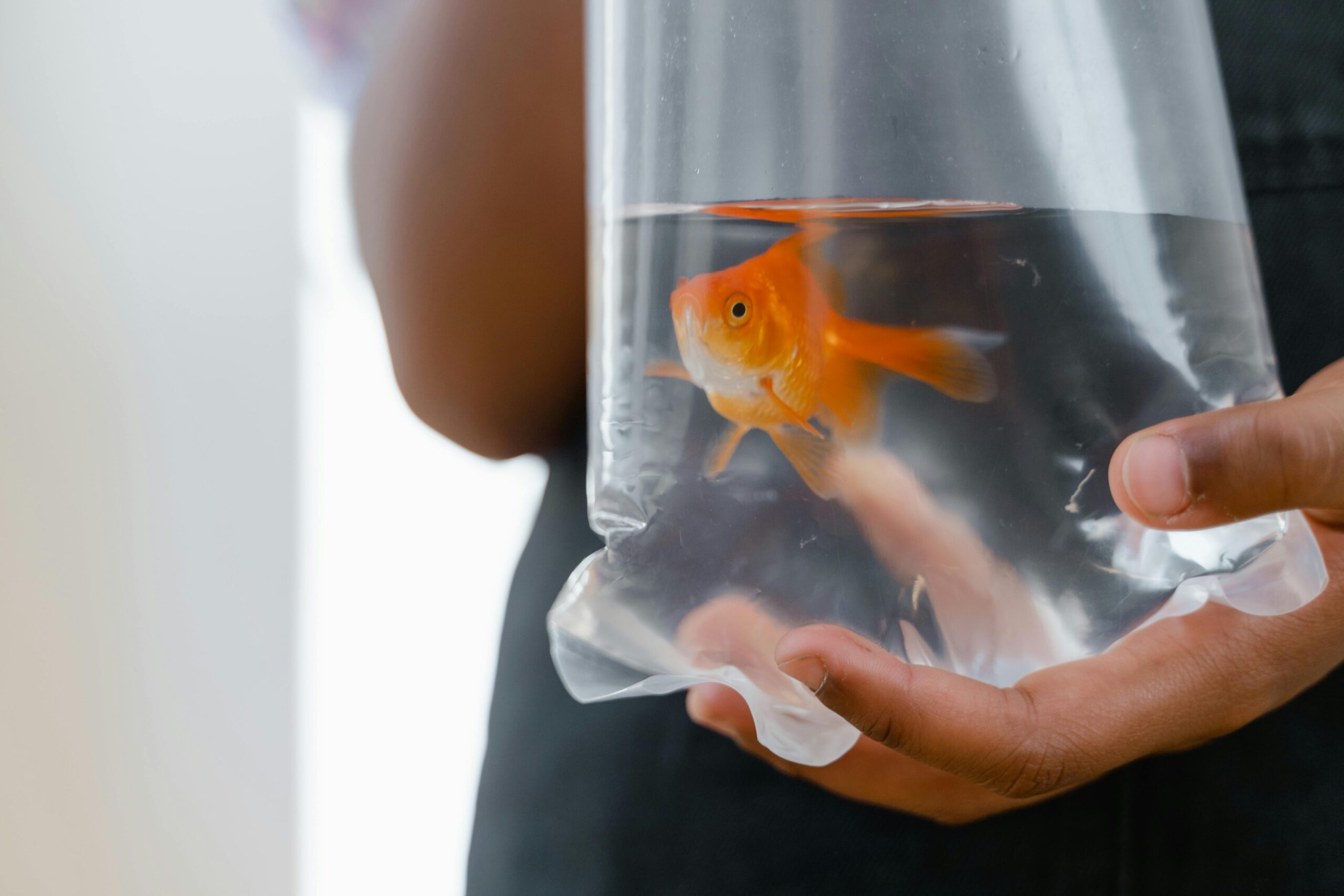Moving with aquatic pets requires careful planning and the right equipment to ensure their safety and well-being during transport. This guide outlines essential steps for relocating both freshwater and saltwater fish while maintaining their health throughout the move. Whether you’re moving across town or to a different state, using the proper transportation methods will help minimize stress on your aquatic companions and keep their environment as stable as possible. Working with an expert moving company can also make the transition smoother, ensuring all aspects of the relocation are handled with care.
Pre-Moving Preparation and Equipment
Successful fish transportation starts with thorough preparation and gathering the necessary equipment well in advance. Essential supplies include battery-operated air pumps to maintain oxygen levels, transportation containers appropriate for your fish species, water treatment solutions to regulate water conditions, plastic bags for individual fish, rubber bands to secure the bags, a fishnet for careful handling, and insulated containers to maintain a consistent water temperature. If you are moving a long distance, a portable power inverter can be useful for running air pumps in your vehicle. Reducing feeding 24 to 48 hours before the move helps minimize waste buildup in transport containers. Testing and recording your current aquarium’s water parameters will allow you to recreate similar conditions in the new setup, reducing stress and health risks for your fish.
Transportation Container Setup
Proper container setup is essential for maintaining the health of your fish during the move. For short-distance moves, sturdy plastic bags filled with one-third aquarium water and two-thirds oxygen work well. Double-bag each fish to prevent leaks and secure the bags tightly with rubber bands. For longer moves or larger fish, solid plastic containers with secure lids are more suitable. These should be filled halfway to allow for water movement and oxygen exchange. Adding familiar decorations or plants from the current aquarium can provide hiding spots, reducing stress. Maintaining water temperature with insulated containers or battery-operated heaters is crucial for temperature-sensitive species. If you have aggressive fish, transport them separately to prevent conflicts. Taking these precautions will help ensure your fish remain in good condition during the move.
Moving Day Procedures
The transfer process on moving day requires patience and careful execution. Start early in the morning to give the fish time to settle before transport. Use a fishnet to gently catch each fish, minimizing chase time to reduce stress. Place the fish in their designated transport containers, ensuring the water temperature remains consistent with their original tank. Arrange the containers securely in your vehicle, avoiding direct sunlight and extreme temperature fluctuations. If traveling long distances, plan for periodic stops to check water conditions and oxygen levels. Observe fish behavior throughout the trip to identify any signs of distress. Keep necessary supplies within reach to quickly address any issues that may arise. A structured approach on moving day will help maintain the health and safety of your fish throughout the journey.
Setup at New Location
Reestablishing a stable environment at the new location is a key step in ensuring a smooth transition for your fish. If possible, set up and cycle a new tank before their arrival. If reusing your existing aquarium, assemble it immediately upon reaching the destination, ensuring filtration and heating systems are operational. Gradually equalize water temperature by floating the transport bags or containers in the new aquarium. Check water parameters in both the transport containers and the new tank, making adjustments as needed before introducing the fish. Release them slowly, observing their behavior for any signs of distress. Continue monitoring water conditions and fish activity in the following days to ensure they adapt well to the new environment.
Post-Move Monitoring and Care
The period after a move is crucial for helping fish adjust to their new habitat. Keep feedings light for the first 24 to 48 hours to maintain water quality while the filtration system stabilizes. Regularly check water parameters and make necessary adjustments to maintain ideal conditions. Watch for any signs of stress or illness, such as changes in swimming patterns, loss of appetite, or discoloration. Consistent lighting and feeding schedules can help ease the transition. Using stress-reducing water treatments can also support fish health during this adjustment phase. Keeping detailed records of water conditions and fish behavior will help you identify and resolve any potential issues quickly. With careful attention, your fish will successfully adapt to their new surroundings and thrive in their new home.
Other related articles:

